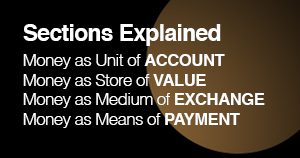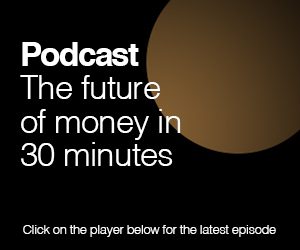The US central bank has set out its thoughts on a possible future digital currency (CBDC) in a widely awaited discussion paper, released yesterday.
In the paper, the Federal Reserve Board said it is soliciting opinions on the design of a future CBDC. A public comment period will extend to May 20.
The Fed said that it does not favour any particular policy outcome and will seek the support of US legislators.
However, it added that its initial analysis had concluded that a US CBDC should be “privacy-protected, intermediated, widely transferable and identity-verified”.
Following China’s two-tier model
This appears to rule out the prospect of US citizens holding digital currency accounts directly with the central bank. Instead, CBDC holders would have accounts with regulated intermediaries, such as banks or non-bank service providers, which would provide payment services.
“An intermediated model would facilitate the use of the private sector’s existing privacy and identity-management frameworks; leverage the private sector’s ability to innovate; and reduce the prospects for destabilizing disruptions to the well-functioning U.S. financial system,” the Fed said in the paper.
This two-tier model follows the route chosen by China, which is currently introducing its CBDC in a pilot programme.
Two weeks ago China launched a new CBDC app for iOS (Apple) and Android phones.
The so-called ‘e-CNY’ (digital yu’an) app is available to users in 12 Chinese cities and regions, as well as the host cities for next month’s Winter Olympic Games, Beijing and Zhangjiakou.
Any US CBDC would likely lack the anonymity protections provided by cash, the Fed suggested in its paper.
“Any CBDC would need to strike an appropriate balance, however, between safeguarding the privacy rights of consumers and affording the transparency necessary to deter criminal activity,” the central bank said.
“A CBDC intermediary would need to verify the identity of a person accessing CBDC, just as banks and other financial institutions currently verify the identities of their customers,” the Fed went on.
Design challenges
Some of the thorniest design challenges for a US CBDC centre on its possible impact on the structure of the financial system.
“A widely available CBDC would serve as a close—or, in the case of an interest-bearing CBDC, near-perfect—substitute for commercial bank money,” the Fed said in its paper.
“This substitution effect could reduce the aggregate amount of deposits in the banking system, which could in turn increase bank funding expenses, and reduce credit availability or raise credit costs for households and businesses.”
“Similarly, an interest-bearing CBDC could result in a shift away from other low-risk assets, such as shares in money market mutual funds, Treasury bills, and other short-term instruments. A shift away from these other low-risk assets could reduce credit availability or raise credit costs for businesses and governments.”
The US central bank said it could reduce the severity of these impacts by making a CBDC non-interest-bearing (like dollar cash), and by restricting the amount of CBDC any one person could hold.
The Federal Reserve also said it might have to increase the size of its balance sheet to accommodate a CBDC.
The Fed’s balance sheet has soared from $0.9trn to $8.8trn since the 2008 financial crisis, with its assets more than doubling since the start of the coronavirus pandemic.
“The Federal Reserve would likely need to increase the level of reserves on average, in order to provide an adequate buffer against unanticipated increases in CBDC,” the central bank said in its paper.
“Such surges could otherwise push the aggregate quantity of reserves in the banking system below the “ample” level and put upward pressure on the federal funds rate.”
Poor substitute for cash
One critic reacted to the paper by saying any US CBDC following the Fed’s design outline would be a poor substitute for cash.
“Presently and for thousands of years, individuals are/have been able to transact with cash anonymously, and do not need/have not needed to sign-up or provide their identity in order to make transactions with public money,” said Rohan Grey, an assistant professor at Willamette university and a recent guest on the New Money Review podcast.
“Eliminating that capacity in the digital age is extreme,” said Grey.
Sign up here for the New Money Review newsletter
Click here for a full list of episodes of the New Money Review podcast: the future of money in 30 minutes
Related content from New Money Review









